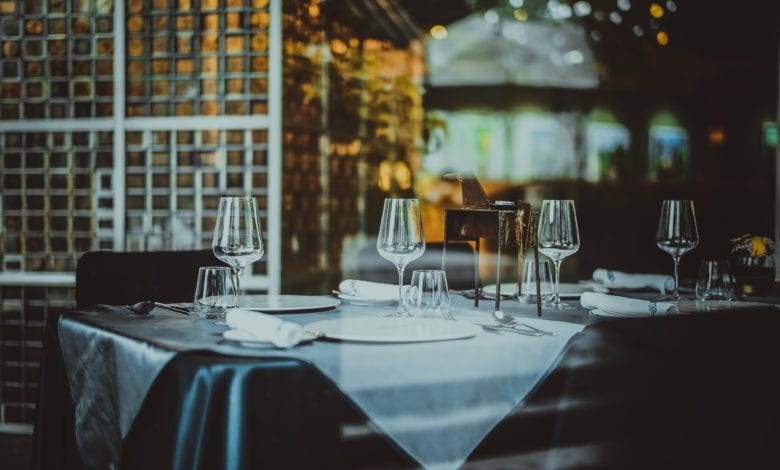Best practice to take away from the industry’s reopening

The hospitality industry had been eagerly awaiting ‘Super Saturday’ with bated breath. With a huge sigh of relief, it marked a significant milestone where operators could finally open their doors and welcome back their customers.

